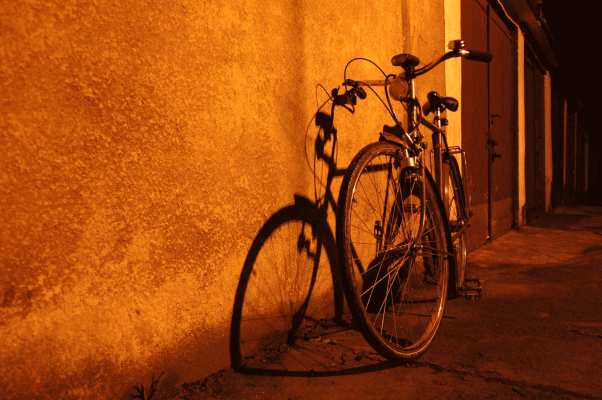
Some people hate daylight savings time. They see it as a means of “reducing productivity” (or so I read). There is much grumbling from these daylight savings time opponents about how unnecessary it is to reset the clock to allot additional daylight hours. They want clocks to remain in a fixed position, even though, for millennia, no clocks existed and time was kept by the rising and setting of the sun.
If humans had not based their lives on an agreed upon time, we would have no problems associated with sleep and waking. Each of us would live our lives according to our own circadian rhythms, which would tell us when to eat and work and sleep and awaken.
Nature should always guide us; we should be in synch with it. Instead, we chose to establish an artificial “day” and “night” based upon the counting of seconds, minutes and hours. We synchronized ourselves with one another in an orderly and static way.
There is no room for individual differences within constructed time. We must all get up early enough to make it to work or school at an appointed time. We are governed by an agreed upon system of counting time. Unfortunately, in a modern world, everyone must live their lives in unison. It’s a matter of survival.
This is all well and good for clock makers. Without societal synchronization, no demand would ever have existed for alarm clocks whose sole purpose is to artificially arouse us for the sanctioned beginning of the day. Noise propels us into action.
Groggy and sleep-ridden we drag ourselves out of bed, often when it’s still dark outside, because the clock says it’s “morning.” By what standard?
Clocks are fine in the wintertime if one spends most of one’s time indoors. Artificial light can mimic daylight or lack thereof. So we can trick our bodies into thinking we are living in harmony with the natural order of things.
But, a problem arises when our activities take us outdoors. The artificial time created by clocks places us outdoors when we are not at our best. It forces us to function in darkness, with only partial vision. Such is the plight of the winter cyclist.
Most experienced cyclists are prepared for the extended darkness brought to us by the return of standard time. Both morning and evening commutes must often be made in darkness.
Lights help by illuminating the path in front of us, to keep us from riding over debris or striking obstacles in our way. Yet they do nothing to protect us from things lurking in the shadows or approaching quickly from someplace to either side. Until these things are nearly upon us, we can’t identify them because they travel, often silently, through the darkness where their movements are hidden from sight.
So much riding in the dark makes a cyclist wonder whether drivers and pedestrians can see him or her. Reflective gear becomes more appealing — just in case. It’s much too hard to gauge what people will and won’t see in the darkness.
When street lights are out, the unmitigated darkness can be eery and blinding. Slowing down may help a bit, but riding when you can’t see your own legs can be more than disconcerting.
My own schedule puts me outside, on my bike, for hours of riding in the dark. After a couple of weeks, my eyes adjust. My riding, however, suffers. I become slower than molasses because I do not want to ride faster than I can see ahead of me, so I adjust my speed to coincide with my visual capacity.
Darkness has a way of slowing humans down. It makes us sleepy. It holds us back from quick action and vigorous activity. It stifles us.
The only consolation is that with the latest daylight savings time schedule, we only have to wait seven weeks for the winter solstice. On that day, the days will begin to lengthen. This year, the winter solstice arrives on December 21st.
Seven weeks can seem like an eternity in winter when time is virtually frozen by cold and murkiness. In reality, it is less than two months, which is a small fraction of a year. Still, actual time and perceived time are often out of synch because our sense of the passage of time is not controlled by a man-made clock.
Something about riding in the dark is depressing. Bright sun and glistening scenery are but a memory. Details are hidden and must always be surmised — because scant illumination casts amorphous shadows.
Consolation can only be found in the knowledge that daylight savings time will return on March 10th, a mere four months from when it ended. Again, the days will grow longer, thereby stretching the day to allow cyclists to commute home in the daylight. As the proportion of day to night increases, evening light will become available, making it possible to take a full speed ride after the official work day.
As for myself, I must confess to being a daylight savings time junky. For me, the extra hours of light provide more and higher quality cycling, and overall, affords more outdoor time to experience synchronicity with nature, if only for a brief respite from contemporized time.



